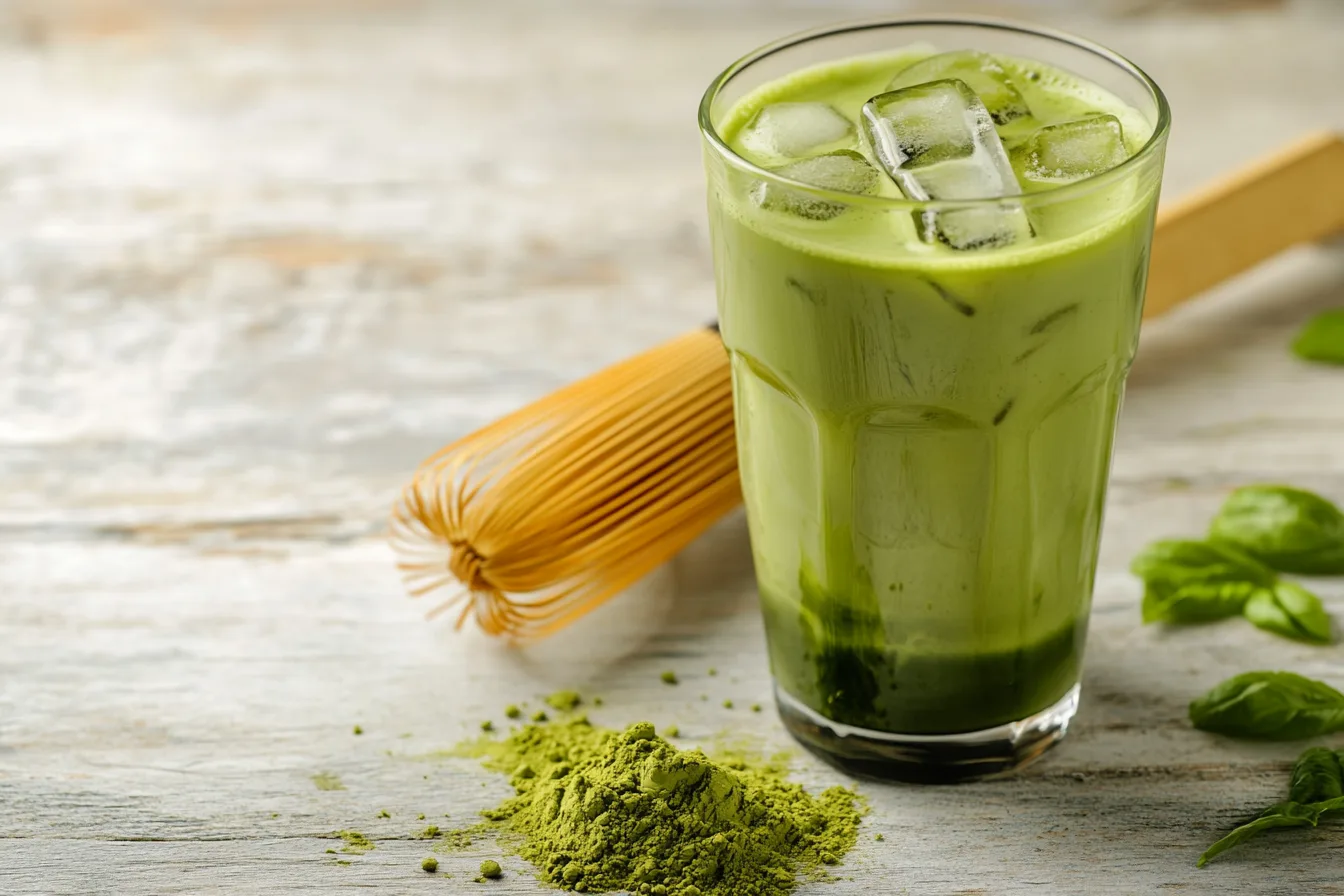Table of Contents
Table of Contents
There’s something truly magical about the first sip of a perfectly crafted matcha latte on a warm afternoon. I still remember the day I discovered this low calorie iced matcha latte recipe – it was during a particularly hectic summer when I was desperately searching for a refreshing drink that wouldn’t derail my health goals. As someone who’s passionate about creating easy homemade recipes that don’t compromise on flavor, this matcha latte quickly became my go-to afternoon pick-me-up.
This isn’t just another trendy drink recipe; it’s a carefully crafted balance of earthy matcha, creamy texture, and natural sweetness that delivers all the satisfaction of your favorite café drink with a fraction of the calories. What makes this matcha latte special is how it transforms a simple green tea powder into a luxurious, Instagram-worthy beverage that you can enjoy guilt-free. Whether you’re new to the world of matcha or a seasoned enthusiast, this recipe will become one of your family favorite recipes that you’ll find yourself making again and again.
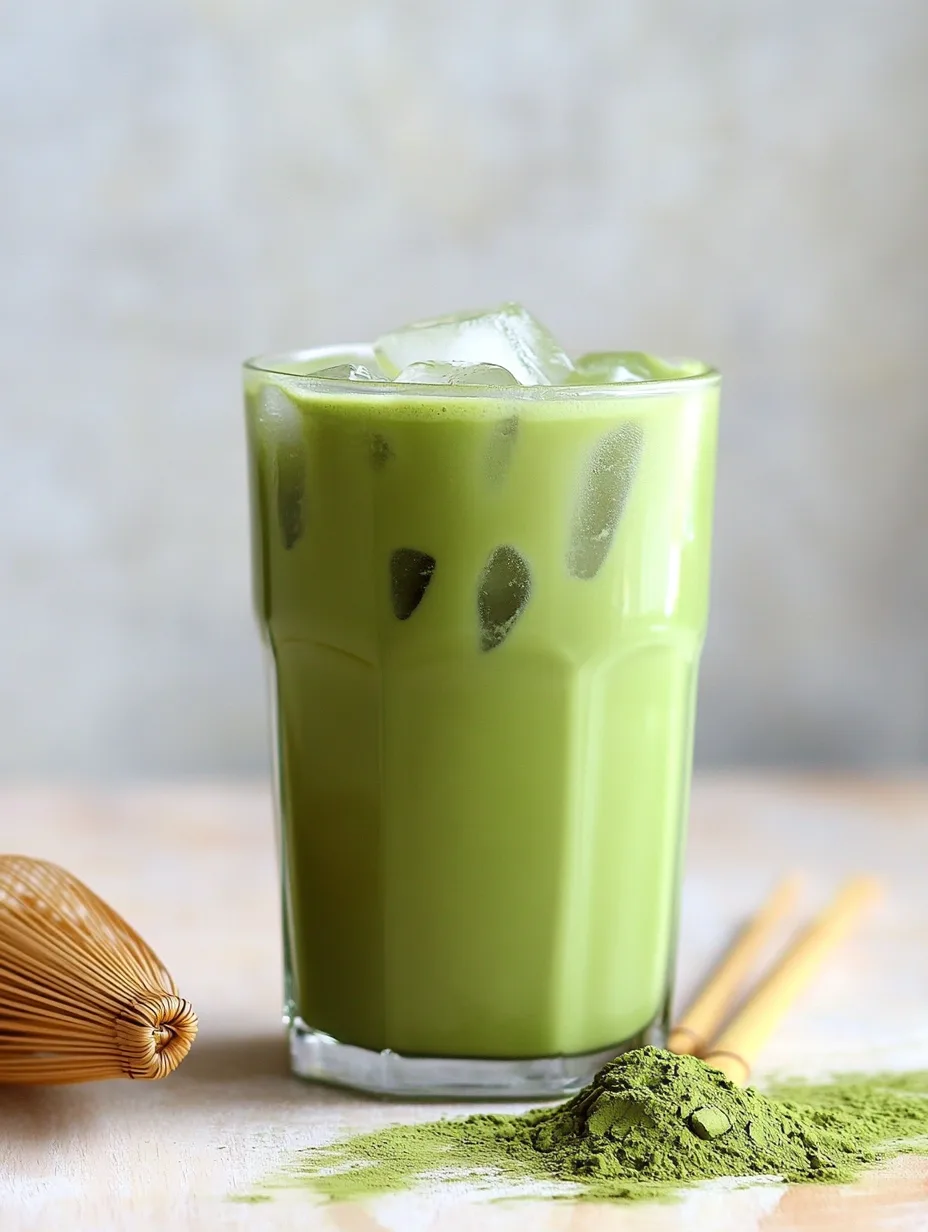
Low Calorie Iced Matcha Latte
Ingredients
Tried this recipe?
Let us know how it was!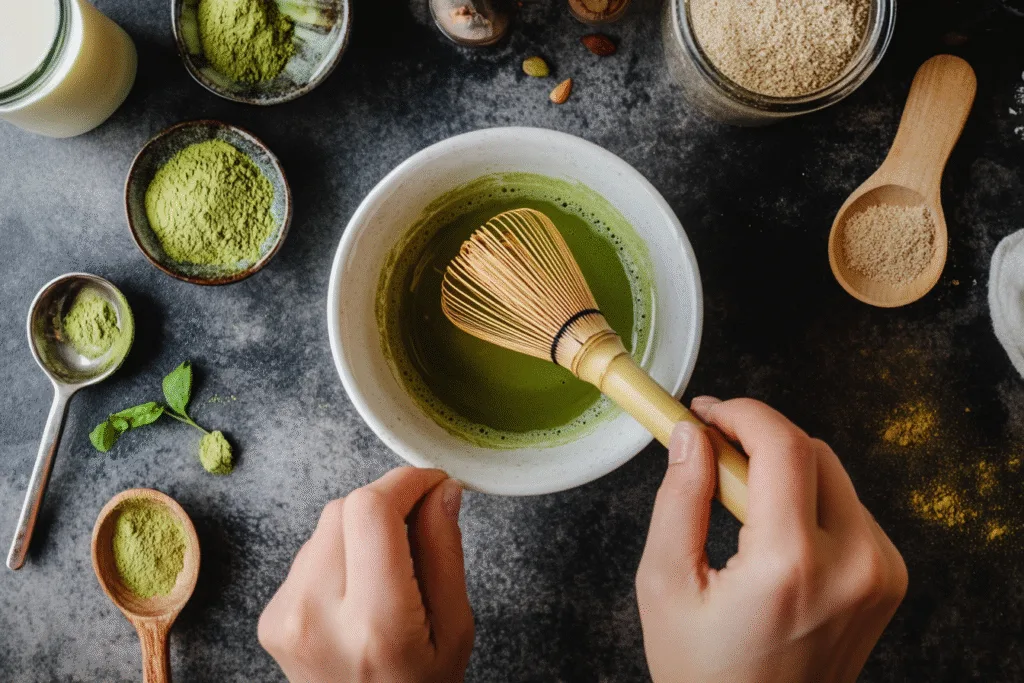
Ingredients: Building Your Perfect Matcha Latte Foundation
The Star Players: Understanding Your Key Ingredients
When it comes to crafting the perfect matcha latte, quality ingredients make all the difference. The foundation of this delicious dish starts with high-grade matcha powder – the vibrant green powder that gives our drink its distinctive color and complex flavor profile. Unlike regular green tea, matcha is made from shade-grown tea leaves that are stone-ground into a fine powder, which means you’re consuming the entire leaf and getting maximum nutritional benefits.
For this low calorie version, we’re using unsweetened almond milk as our base, which provides the creamy texture we crave while keeping calories in check. The natural nuttiness of almond milk complements the earthy notes of matcha beautifully, creating a harmonious blend that doesn’t require heavy cream or full-fat milk. A touch of pure vanilla extract elevates the flavor profile, adding depth and warmth that makes each sip feel like a special treat.
The sweetening element comes from a natural stevia blend or monk fruit sweetener, both of which dissolve easily in cold liquids and provide the perfect amount of sweetness without the caloric load of traditional sugar. This combination ensures that every element in your matcha latte serves a purpose, creating a drink that’s both satisfying and aligned with your wellness goals.
Selecting the Best Quality Ingredients for Maximum Flavor
Shopping for matcha can feel overwhelming with so many options available, but I’ve learned that investing in ceremonial-grade or premium culinary-grade matcha makes a world of difference in your final drink. Look for matcha that’s vibrant green in color – if it appears yellowish or dull, it’s likely older or lower quality. The best matcha should smell fresh and grassy, not musty or stale.
When choosing your milk alternative, opt for unsweetened varieties to maintain control over the sweetness level of your matcha latte. I prefer brands that have a smooth, creamy texture without too many additives or stabilizers. Some almond milks can be thin and watery, which won’t give you that luxurious mouthfeel we’re after in this recipe.
For sweeteners, I recommend starting with a small amount and adjusting to taste. Natural sweeteners can vary significantly in intensity, and what’s perfect for one person might be too sweet or not sweet enough for another. The key is finding your personal sweet spot that enhances the matcha flavor without overpowering it.
Smart Substitutions and Creative Alternatives
One of the beautiful aspects of this matcha latte recipe is its flexibility. If almond milk isn’t your preference, you can easily substitute it with oat milk for a creamier texture, coconut milk for tropical notes, or even cashew milk for an ultra-smooth finish. Each alternative brings its own character to the drink while maintaining the low-calorie profile.
For those who prefer traditional sweeteners, a small amount of honey or pure maple syrup works wonderfully, though it will slightly increase the calorie content. If you’re following a keto lifestyle, erythritol or a quality stevia-erythritol blend provides excellent results without the aftertaste that some people experience with pure stevia.
Don’t have ceremonial-grade matcha? While I always recommend the highest quality you can afford, good culinary-grade matcha will still create a delicious matcha latte. You might need to sift it through a fine mesh strainer to break up any clumps, but the end result will still be satisfying and flavorful.
Preparation Steps: Mastering the Art of Matcha Latte Creation
Initial Prep and Essential Setup Tips
Before diving into the actual preparation of your matcha latte, proper setup is crucial for achieving that smooth, lump-free texture that separates homemade drinks from café-quality beverages. Start by gathering all your tools: a fine-mesh sifter, a small whisk (preferably a bamboo matcha whisk if you have one), a measuring spoon, and your favorite tall glass or mason jar.
The most important step in preparing matcha is sifting the powder to eliminate any clumps. Even the highest quality matcha can form small lumps during storage, and these will create an unpleasant grainy texture in your finished drink. Use a fine-mesh sifter to gently work the matcha powder through, creating a perfectly smooth, fluffy powder that will incorporate seamlessly into your liquid.
Temperature control is another crucial element in this preparation phase. While we’re making an iced beverage, starting with a small amount of room temperature or slightly warm water helps the matcha dissolve completely. Cold liquids don’t dissolve matcha powder as effectively, which can lead to clumping and an uneven flavor distribution throughout your matcha latte.
Step-by-Step Instructions with Professional Secrets
Begin by measuring 1-2 teaspoons of sifted matcha powder into a small bowl – the amount depends on how strong you prefer your matcha flavor. Add 2-3 tablespoons of room temperature water and whisk vigorously in a zigzag pattern until the mixture becomes smooth and slightly frothy. This creates what’s called a matcha paste, and it’s the secret to achieving a perfectly integrated matcha latte.
In your serving glass, combine 1 cup of cold unsweetened almond milk with your preferred sweetener amount (start with 1/2 teaspoon and adjust to taste). Stir well to ensure the sweetener is completely dissolved. The key here is patience – rushing this step can result in pockets of intense sweetness or bitterness in your final drink.
Now comes the magic moment: slowly pour your matcha paste into the sweetened milk while whisking continuously. This gradual incorporation prevents the matcha from clumping and ensures even distribution throughout the drink. Add a few drops of vanilla extract and give everything one final stir. Fill your glass with ice, and you’ve created a café-quality matcha latte in your own kitchen.
Avoiding Common Pitfalls and Troubleshooting Tips
The most frequent mistake people make when learning how to make matcha latte is adding the matcha powder directly to cold liquid. This almost always results in clumps that refuse to dissolve, creating an unpleasant drinking experience. Always create your matcha paste with room temperature water first – this extra step makes all the difference in achieving professional results.
Another common issue is using too much matcha, thinking that more equals better flavor. Matcha has a complex taste profile that includes both umami and bitter notes. Using too much can create an overwhelmingly bitter drink that no amount of sweetener can balance. Start with less and gradually increase in future batches until you find your perfect strength.
Temperature shock can also affect the quality of your matcha latte. If you’re using very cold milk and add warm matcha paste too quickly, you might notice some separation or curdling, especially with certain plant-based milks. To prevent this, let your matcha paste cool for a minute or two before incorporating it into your cold milk base.
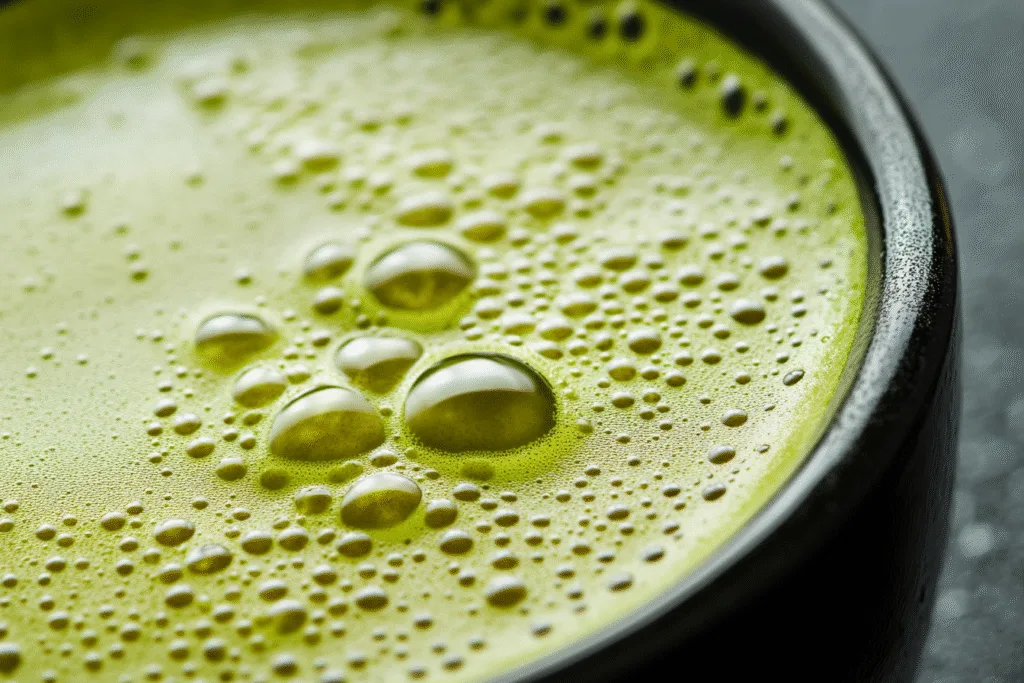
Serving & Final Touches: Elevating Your Matcha Latte Experience
Creative Presentation Ideas That Wow
Presentation plays a huge role in the enjoyment of any beverage, and your homemade matcha latte deserves to look as good as it tastes. Start with the right glassware – tall, clear glasses showcase the beautiful green color of your matcha latte, while mason jars add a rustic, Instagram-worthy charm that’s perfect for casual enjoyment.
Consider creating beautiful layers by pouring the matcha mixture slowly over the back of a spoon to create distinct color gradations. You can also experiment with different ice shapes – large cubes melt more slowly and won’t dilute your drink as quickly, while crushed ice creates a more slushy texture that some people prefer on particularly hot days.
For special occasions or when you want to treat yourself, a light dusting of additional matcha powder on top adds visual appeal and an extra burst of flavor with each sip. A thin bamboo straw or reusable metal straw not only looks elegant but also provides the perfect diameter for enjoying your matcha latte’s creamy texture.
Perfect Pairings and Complementary Treats
A well-crafted matcha latte pairs beautifully with light, complementary flavors that don’t compete with the subtle complexity of the matcha. Consider serving alongside delicate almond cookies, vanilla shortbread, or even a small piece of white chocolate for those special afternoon moments.
For a more substantial pairing, this matcha latte complements Japanese-inspired breakfast items like tamagoyaki (sweet egg omelet) or simple rice crackers with a touch of sea salt. The drink’s creamy texture and earthy flavor also work wonderfully as an afternoon refresher alongside fresh fruit like pears, white grapes, or even a small bowl of vanilla Greek yogurt with berries.
If you’re serving this as part of a larger spread, consider offering it alongside other easy homemade recipes like matcha cookies or green tea ice cream. The consistent flavor profile creates a cohesive tasting experience that feels intentional and sophisticated.
Storage Solutions and Make-Ahead Tips
While matcha lattes are best enjoyed fresh, you can prepare components ahead of time to streamline your daily routine. The matcha paste can be made in larger batches and stored in the refrigerator for up to three days – just whisk it back to smoothness before using, as separation is natural.
For busy mornings, consider preparing your sweetened milk base the night before and storing it in the refrigerator. This allows the sweetener to fully dissolve and the flavors to meld. When you’re ready for your matcha latte, simply add your prepared matcha paste and ice.
If you find yourself with leftover matcha latte, it can be stored in the refrigerator for up to 24 hours, though you’ll want to give it a good shake or stir before drinking as separation may occur. While the texture might not be quite as perfect as when freshly made, the flavor will still be delicious and refreshing.
 DINNER
DINNER  LUNCH
LUNCH 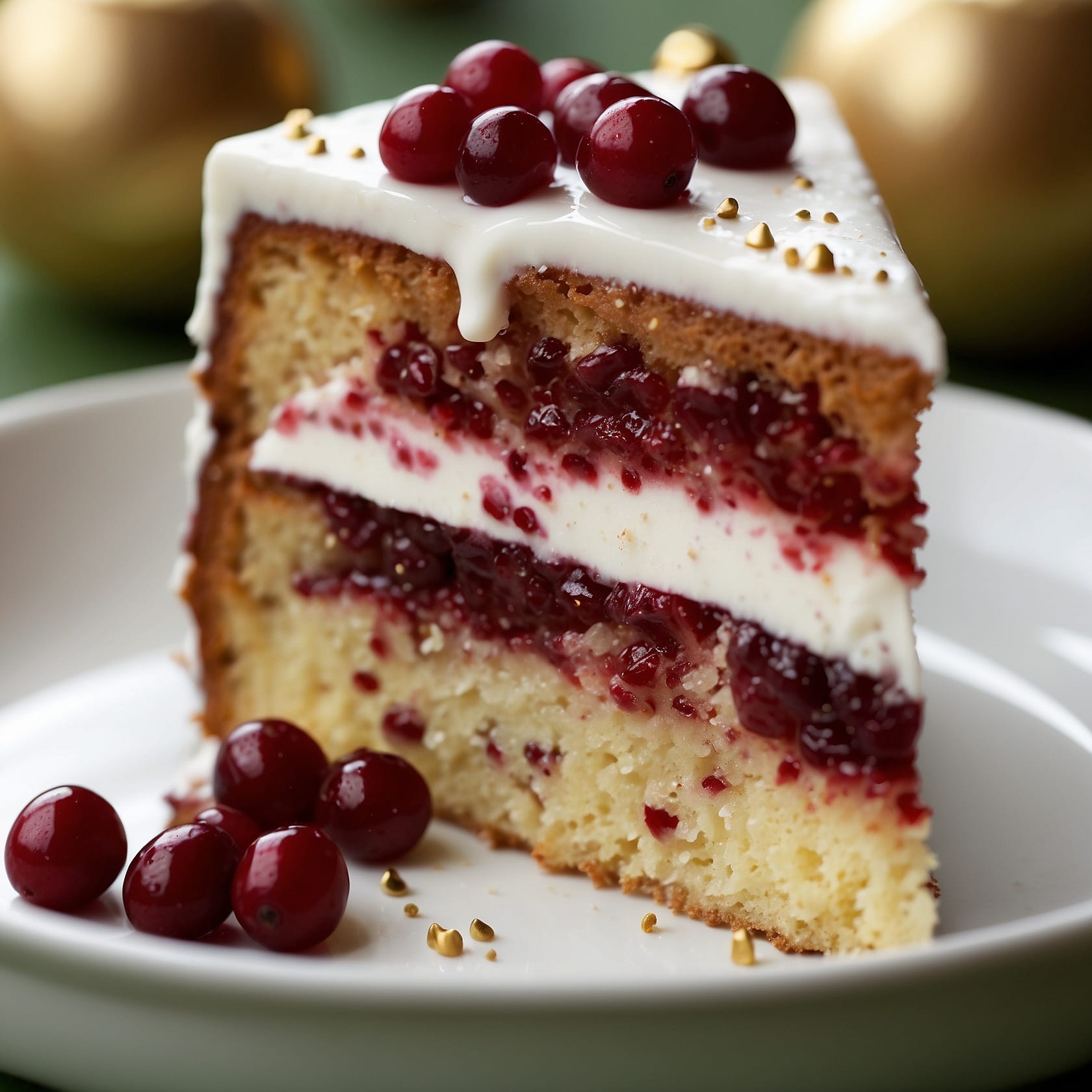 Desserts
Desserts  BREAKFAST
BREAKFAST For more amazing recipes, be sure to check out our other sections to explore a variety of ideas that will enrich your cooking experience. Each section offers its own unique flavors to ensure a delightful culinary journey:
Easy and Quick Recipes: A collection of dishes that guarantee delicious meals with minimal effort and time.
Healthy Recipes: Discover healthy and delicious options that fit your lifestyle.
Desserts: A diverse selection of sweets that will add a special touch of sweetness to your table.
Lunch Recipes: Tasty lunch ideas that you can easily prepare to delight your family.
Dinner Recipes: Delicious and easy-to-make recipes that will make your dinner a memorable occasion.
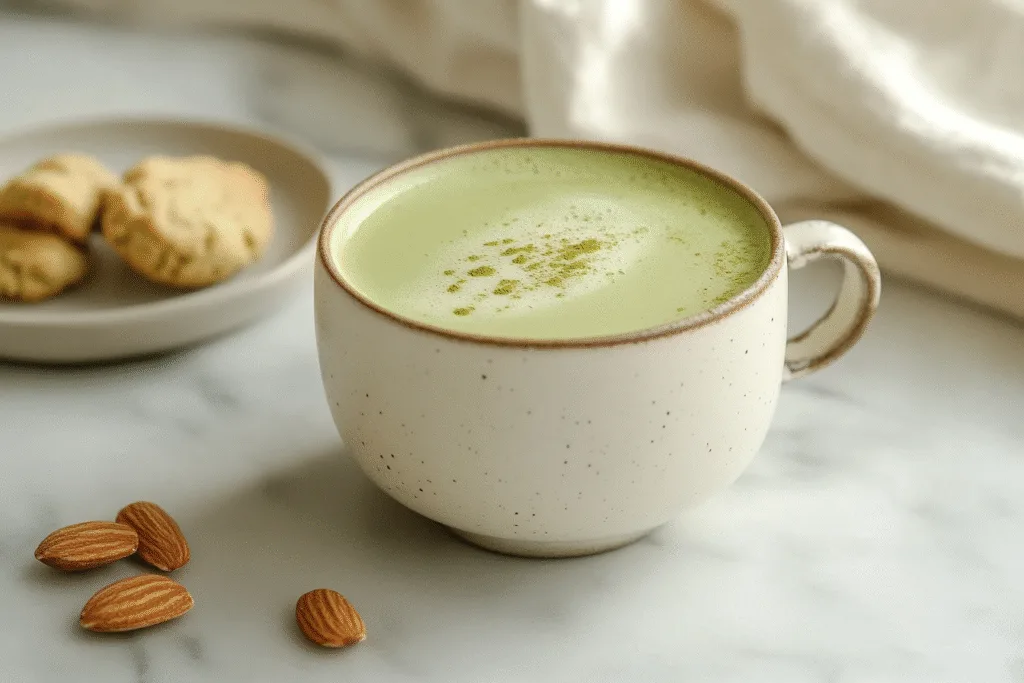
Frequently Asked Questions
Q: Can I make this matcha latte hot instead of iced? A: Absolutely! Simply warm your almond milk gently (don’t boil it) and follow the same process for creating your matcha paste. The warm version is perfect for cooler weather and provides the same delicious flavor profile with a comforting temperature.
Q: How much caffeine is in this low calorie matcha latte? A: A typical serving contains about 35-70mg of caffeine, depending on the amount of matcha used. This is roughly half the caffeine content of a cup of coffee, providing a gentle energy boost without the jitters that some people experience with coffee.
Q: Can I use regular green tea instead of matcha powder? A: While you can brew strong green tea as a base, it won’t provide the same creamy texture, vibrant color, or concentrated flavor that makes a true matcha latte special. Matcha powder is essential for achieving the authentic taste and appearance.
Q: How long does matcha powder stay fresh? A: Properly stored matcha powder (in an airtight container in the refrigerator) maintains its best quality for 6-12 months. You’ll know it’s time to replace it when the color becomes dull or yellowish and the fresh, grassy aroma fades.
Q: Is this recipe suitable for people with diabetes? A: When made with natural zero-calorie sweeteners like stevia or monk fruit, this matcha latte can be a suitable option for people managing diabetes. However, always consult with your healthcare provider about incorporating new foods and beverages into your diet plan.
Conclusion: Your Journey to Matcha Mastery Starts Here
Creating the perfect low calorie iced matcha latte at home is more than just following a recipe – it’s about understanding the ingredients, respecting the process, and making it your own. This delicious dish has the power to transform an ordinary afternoon into something special, providing both the energy boost you need and the moment of mindfulness that we all deserve in our busy lives.
I encourage you to experiment with this base recipe, adjusting the sweetness, trying different milk alternatives, and discovering your personal preferences. The beauty of mastering easy homemade recipes like this matcha latte is that once you understand the fundamentals, you can create endless variations that suit your taste and dietary needs.
Take a photo of your creation, share it with friends, and most importantly, take a moment to truly savor that first sip. There’s something deeply satisfying about enjoying a café-quality beverage that you’ve crafted with your own hands, knowing exactly what ingredients went into it and feeling proud of the delicious result.
Let this be the beginning of your matcha journey – one filled with creativity, wellness, and flavor. Because once you’ve mastered this refreshing latte, you’ll never look at store-bought versions the same way again. From sunny mornings to cozy afternoons, this drink brings a little ritual, a little peace, and a whole lot of joy to your day.
Matcha isn’t just a trend — it’s a timeless tradition that’s been cherished for centuries. When you prepare it yourself, you become part of that tradition. You begin to appreciate the delicate balance between flavor and function. Each step, from whisking the matcha to selecting your sweetener, becomes a moment of intention. That’s the true magic of this drink — not just in how it tastes, but in how it makes you feel.
